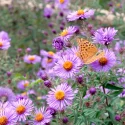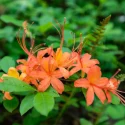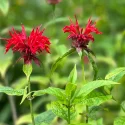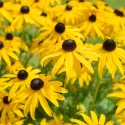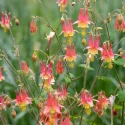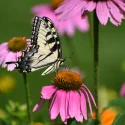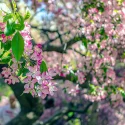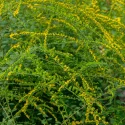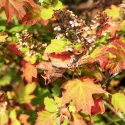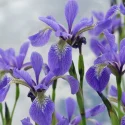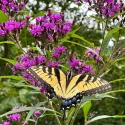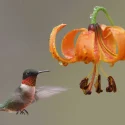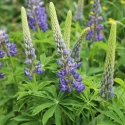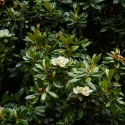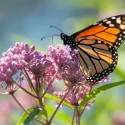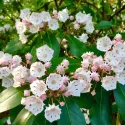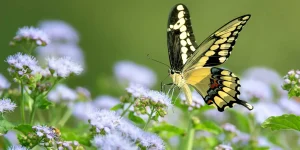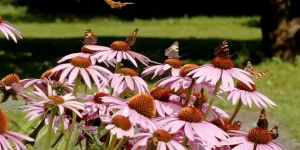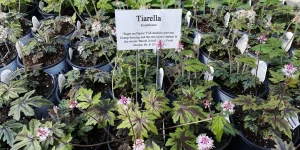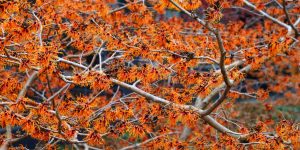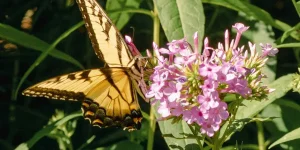About The Plant Native
Making Native Plants Easy—for Everyone
The Plant Native is here to make native gardening fun, accessible, and something anyone can do—whether you have a sprawling backyard or a small urban space.
Founded by Em Lessard, The Plant Native has grown into a leading resource for beginner gardeners, native plant advocates, and anyone looking to replace part (or all) of their lawn with a thriving, low-maintenance ecosystem.
What We Do
At The Plant Native, we provide:
✅ Expert, science-backed plant profiles—so you can confidently choose native plants that thrive in your region.
✅ Straightforward FAQs—clear, no-nonsense answers to common questions, so you can start planting with confidence.
✅ Interviews with the people growing, researching, and leading the native plant movement—from nursery owners to restoration ecologists.
✅ LAUNCHING SOON: A curated store supporting native plant education—with free printable resources, original content sponsorships, and products designed for native plant lovers.
Everything we create is designed to remove barriers to native gardening. You don’t need a botany degree. You don’t need to overhaul your whole yard overnight. You just need to start.
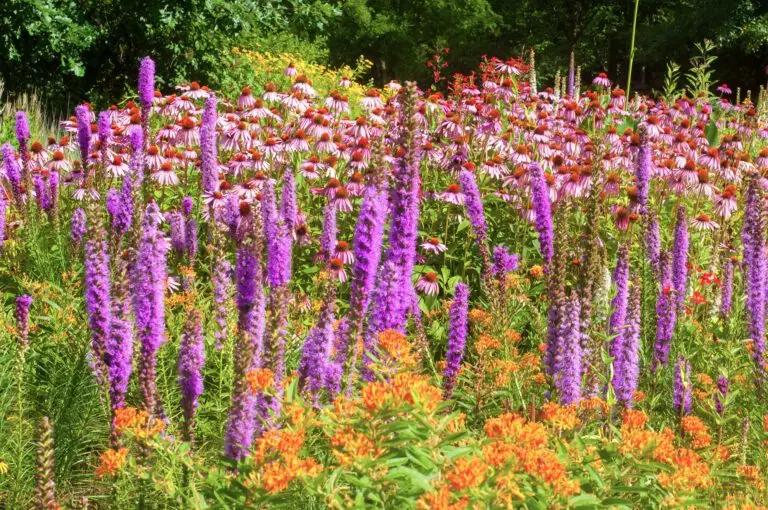
Meet the Founder
Hi! I’m Emily (Em) Lessard, the founder of The Plant Native. I’m a native plant advocate, Sustainable Landscapes Certified professional (SLC), and a co-founder and owner of Bellweather, a marketing firm specializing in helping mission-driven brands grow.
Like many, my journey into native plants started in my own yard. Six years ago, I dug up my lawn, removed invasive plants, and replaced them with native species. The transformation was astonishing—within months, butterflies, birds, and beneficial insects returned in numbers I had never seen before. That’s when I realized:
🌿 Native plants are not just good for the environment—they’re easier to care for than traditional gardens.
🌿 Native gardening isn’t difficult—the challenge is finding clear, welcoming information to get started.
That’s why I created The Plant Native—to make it simple, enjoyable, and practical for anyone to grow native plants.
A Growing Team & Business
The Plant Native started as a personal project, but it’s now a growing business with contributors, collaborations, and a broader mission.
📝 Writers & Experts: We’re expanding our content with contributors who share a passion for accessible, science-backed gardening advice.
🌱 Partnerships: We collaborate with native plant nurseries, nonprofits, and conservation organizations to amplify the native plant movement.
🛍 Store & Sponsored Content: We’re launching a store to support native plant education, from expert-written plant profiles to original products that celebrate native gardening.
Interested in working together? Whether you’re a nursery, nonprofit, or brand looking to collaborate, we’d love to hear from you.
Where to Start
New to native plants? We’ve got you covered.
🌱 Native Plant Profiles – Learn about individual native species, including where they grow, how to plant them, and why they matter.
❓ FAQs – Get clear, beginner-friendly answers to common questions—no jargon, just straightforward guidance.
🎤 Interviews – Gain insights from native plant experts, nursery owners, and gardeners who have been doing this work for years.
📚 Resources – Find native plant nurseries, seed sellers, and plant societies in your area to help you source plants and connect with a community.
Start exploring and get inspired to grow native!
The Plant Native Promise
Everything we publish is backed by trusted sources, native plant experts, and real gardening experience.
✔ Scientific accuracy: We reference established resources, including the Lady Bird Johnson Wildflower Center, Xerces Society, USDA Plant Database, and leading native plant organizations.
✔ Beginner-friendly information: No jargon, no gatekeeping—just clear, practical advice.
✔ Constantly updated: The world of native plants is always evolving, and so is our content.
If you ever spot an error or have a suggestion, reach out—we love learning and improving along with our community.
